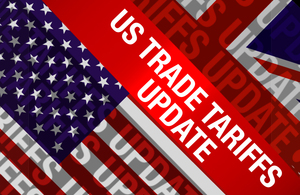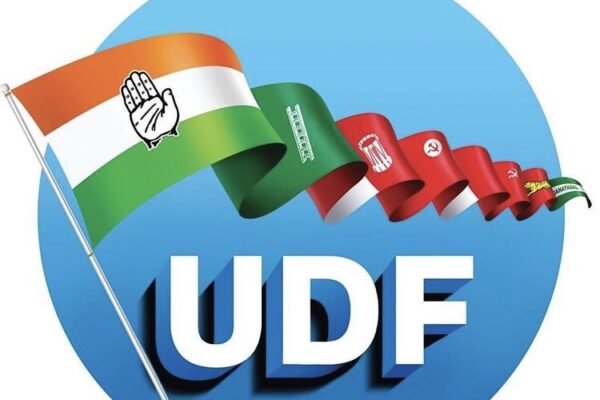
In a significant week for British trade policy, the UK secured two high-profile agreements — one with the United States and one with India. But beyond the headlines lies a tale of two very different deals, reflecting divergent ambitions, structures, and long-term implications.
Scope and Structure: Comprehensive vs. Targeted
UK–India Trade Deal:
This is a full Free Trade Agreement (FTA) — the first of its kind under the current UK Parliament. It is broad in scope, comprising multiple chapters that address a wide range of issues from goods and services to mobility and social security. The deal is seen as ambitious and strategic, seeking to deepen the UK’s engagement with one of the world’s largest emerging economies.
UK–US Trade Deal:
In stark contrast, the agreement with the US is not a full FTA. Instead, it’s a limited arrangement targeting a few specific issues such as tariff relief on commodities like steel and automobiles and a minor adjustment of tariff quotas. It falls well short of a comprehensive framework and is more of a tactical, short-term fix than a long-term strategic partnership.
Tax Policy: A Tale of Two Approaches
UK–India:
The deal does not address corporate tax issues. India’s tax environment remains complex, with high withholding taxes, restrictive profit repatriation rules, and aggressive transfer pricing enforcement. For UK multinationals, this poses ongoing challenges to investing in India, despite reduced trade barriers.
UK–US:
While the deal avoids major tax reforms, one notable point is that the UK’s Digital Services Tax (DST) was left untouched. This decision surprised many observers, especially given longstanding US opposition. However, a future digital business agreement is under discussion, and DST is likely to resurface, particularly if the US continues to perceive it as discriminatory.
Further tensions loom over the Undertaxed Profits Rule (UTPR), with the US considering retaliatory measures through upcoming tax legislation. Any such moves could have profound consequences for UK–US trade and investment.
Labour Mobility and Visas: More Progress with India
India–UK:
The agreement includes a reciprocal social security arrangement, helping to eliminate double contributions for cross-border workers — a key win for Indian negotiators. While politically delicate in the UK due to immigration sensitivities, this signals progress on labour mobility and underlines the importance of movement of skilled workers in India’s strategy.
US–UK:
Labour mobility was not meaningfully addressed. Yet, it remains a key issue for digital multinationals that rely on easy visa access and workforce flexibility. A more ambitious digital agreement could revisit this, but it is currently unresolved.
Regulatory Alignment: UK in the Middle
UK–India:
Regulatory divergence is less of an issue, as India has traditionally been protectionist and has a different regulatory trajectory. The agreement aims to ease access and reduce friction, but does not depend on broader geopolitical balancing.
UK–US:
Regulation is a geopolitical flashpoint, particularly due to the UK’s relationship with the EU. As the UK tries to improve coordination with Brussels, it risks being pulled in different directions if the EU intensifies regulation of US digital companies. The UK may find itself navigating conflicting demands from its two largest trade partners.
Long-Term Outlook: Strategic vs. Symbolic
India Deal:
The India FTA is a long-term play, signalling a pivot toward deeper engagement with emerging markets. While challenges like taxation and bureaucracy remain, the structure is in place to build on.
US Deal:
By contrast, the US deal is largely symbolic, reflecting limited current scope and political constraints in the US. Key issues like digital taxation, broader market access, and investment protections are still on the table — or not on it at all.
What Businesses Should Watch
-
EU–UK Reset (Summit on May 19): Focus on mobility, security, and emissions trading could influence how the UK positions itself between the EU and US.
-
US Retaliatory Measures: Watch for possible tax legislation around Memorial Day, 4 July, or August — especially regarding DST and UTPR.
-
Digital Deal with the US: A broader agreement may eventually replace the DST — but what will the UK ask for in return?
Conclusion: Two Deals, Two Strategies
The UK’s agreements with India and the US reflect two contrasting strategies. With India, the UK is betting on long-term, structured economic integration. With the US, it’s managing a complex relationship through short-term, tactical diplomacy.
For businesses, the implications are clear: the Indian deal offers more immediate opportunities — albeit with caveats — while the US deal is a work in progress, potentially shaped more by tax disputes than trade flows.






